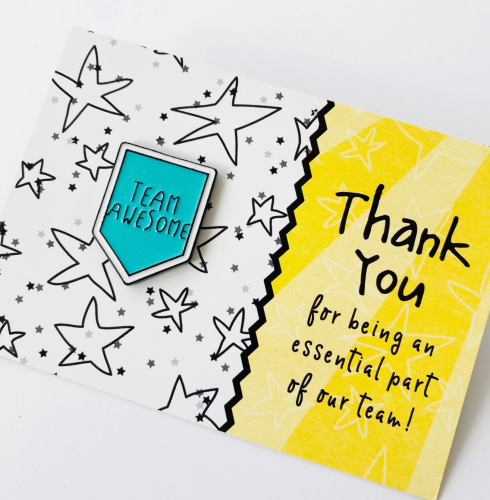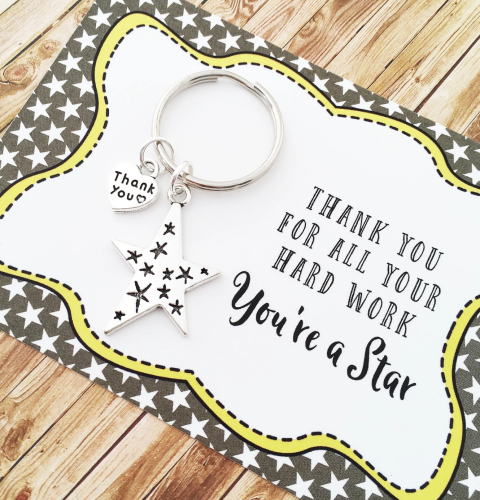How to Improve Collaboration in the Workplace: Tips and Strategies
Posted on
Collaboration is an essential component of a successful workplace. When team members work together efficiently, they can achieve better outcomes, foster innovation, and improve productivity. However, achieving effective collaboration can be a challenge. In this article, we'll discuss some tips and strategies on how to improve collaboration in the workplace.

Set Clear Goals and Objectives
The first step to improving collaboration is to set clear goals and objectives. Team members must have a clear understanding of what they're working towards and what's expected of them. When everyone is on the same page, it becomes easier to work towards a common goal.
Foster Open Communication
Effective communication is key to collaboration. Encourage team members to share their ideas, feedback, and concerns openly. Establish regular communication channels such as team meetings, emails, or instant messaging; this is particularly important when managing a remote team or if you have regular work-from-home days. Encourage team members to ask questions and seek clarification when necessary. When team members feel comfortable sharing their ideas, feedback, and concerns openly, it fosters a culture of trust and inclusivity.
Build Trust and Respect
Trust and respect are essential elements of effective collaboration. Team members should feel comfortable sharing their thoughts and ideas without fear of judgement or retribution.
Encourage a culture of openness, honesty, and mutual respect. It means team members are respectful of each other’s opinions and open-minded to different perspectives. There should be an atmosphere that encourages the free exchange of ideas and constructive feedback in order for collaboration to be effective.
Use Collaboration Tools and Technologies
Collaboration tools and technologies can make it easier for team members to work together. Tools such as video conferencing, project management software, and messaging apps can facilitate communication and collaboration across different locations and time zones.
Encourage Collaboration Across Departments
Collaboration shouldn't be limited to a single department or team. Encourage collaboration across different departments to foster cross-functional teamwork and innovation. When different teams work together, they can bring unique perspectives and skills to the table.
Provide Training and Development Opportunities
Finally, provide team members with ongoing learning opportunities, training and development opportunities to enhance their collaboration skills. Training programs such as team-building activities, leadership development, and communication skills workshops can help team members work together more effectively.

Employee appreciation gift - Etsy
Promote Inclusion and Diversity
Encouraging inclusion and diversity, whether organically or through using DEI platforms like inclusio is crucial for creating a productive workplace. Teams that are diverse in terms of ethnicity, gender, age, and background can contribute different perspectives and ideas, which can lead to creative thinking and better solutions.
Offer Employee Assistance Programs
To create a productive workplace, it's important to support employees in managing their personal and work-related stress. Employee Assistance Programs (EAP) can help by providing confidential counselling and resources for employees facing personal or work-related issues. These programs can help employees maintain a healthy work-life balance and stay motivated.
Support Employee Mental Health
Mental health is an important aspect of employee well-being. Employers can create a supportive workplace culture by encouraging employees to speak up about any mental health challenges they may be facing, and by providing resources such as mental health counselling or stress-reducing activities like yoga or meditation. Supporting employee mental health can improve collaboration and productivity by promoting a healthy and positive work environment. There is a strong link between employee wellness and productivity.
Create a Collaborative Physical Environment
The physical workspace can affect collaboration. Consider designing an office layout that encourages teamwork, such as open workstations or collaborative workspaces. Provide areas for team meetings or brainstorming sessions.
Set Expectations and Hold People Accountable
To achieve effective collaboration, set expectations and hold team members accountable. Make sure everyone understands their role in the project and the responsibilities that come with it. Follow up regularly to ensure everyone is on track and meeting deadlines.
Celebrate Successes
Celebrate team successes and milestones to build team spirit and encourage collaboration. Recognise individual team member's contributions to the project and how their efforts helped the team achieve success. It creates a sense of pride and motivates team members to work together more effectively in the future. To get your employees to stay for the long term, you need to let them know they are valued.

Encourage Flexibility and Adaptability
Encourage flexibility and adaptability in the workplace. Sometimes, plans change or unforeseen obstacles arise, and team members need to be able to adapt quickly. Encourage team members to think creatively and find alternative solutions to problems.
Foster a Culture of Continuous Improvement
Encourage a culture of continuous improvement. Encourage team members to share their ideas on how to improve the collaboration process. Encourage constructive feedback and suggestions on how to improve future projects.
The Importance of Feedback in Improving Collaboration
Encouraging open and constructive feedback from team members is a crucial aspect of improving collaboration in the workplace. Feedback can provide valuable insights into individual strengths and weaknesses, as well as identify areas where collaboration can be improved. By giving and receiving feedback, team members can build trust and respect among themselves and demonstrate a willingness to listen and respond to others' opinions. Managers and team leaders should provide a safe space for feedback and facilitate communication between team members.
Gamification to Encourage Collaboration
Another idea to consider is the use of gamification to encourage collaboration. By creating a system of rewards and recognition for collaboration, team members can be motivated to work together more effectively and feel more invested in the success of the team. This could involve setting team goals or challenges, tracking progress, and providing incentives for achieving milestones. Gamification can make collaboration more engaging and fun for team members, leading to increased participation and productivity, as well as improved employee confidence.
The Role of Leadership in Promoting Collaboration
Leadership plays a critical role in promoting collaboration in the workplace. Managers and team leaders should model effective communication and teamwork, provide resources and support for team members, and foster a culture of collaboration and innovation. By demonstrating a commitment to collaboration, leaders can create a workplace where team members feel empowered to work together and achieve shared goals. It is essential to provide leadership and support to team members and encourage them to communicate and collaborate openly.
Final word
In conclusion, collaboration is crucial to a successful workplace. Increased productivity, innovation, employee satisfaction, better decision-making, and better outcomes for businesses can all arise from effective workplace collaboration.
To improve collaboration in the workplace, remember to:
-
Set clear goals and objectives
-
Foster open communication
-
Build trust and respect
-
Use collaboration tools and technologies
-
Encourage collaboration across departments
-
Provide training and development opportunities
-
Promote inclusion and diversity
-
Offer Employee Assistance Programs
-
Support employee mental health
-
Create a collaborative physical environment
-
Set expectations and hold people accountable
-
Celebrate successes
-
Encourage flexibility and adaptability
-
Foster a culture of continuous improvement
And don’t forget the importance of:
Feedback in improving collaboration:
-
Encourage open and constructive feedback
-
Identify areas where collaboration can be improved
-
Provide insights into individual strengths and weaknesses
-
Build trust and respect among team members
The use of gamification to encourage collaboration:
-
Create a system of rewards and recognition for collaboration
-
Motivate team members to work together more effectively
-
Foster investment in the success of the team
-
Set team goals or challenges, track progress, and provide incentives for achieving milestones
And, the role of leadership in promoting collaboration:
-
Model effective communication and teamwork
-
Provide resources and support for team members
-
Foster a culture of collaboration and innovation
-
Demonstrate a commitment to collaboration
-
Create a workplace where team members feel empowered to work together and achieve shared goals
By following these tips and strategies, you can improve collaboration in your workplace and achieve better outcomes.
